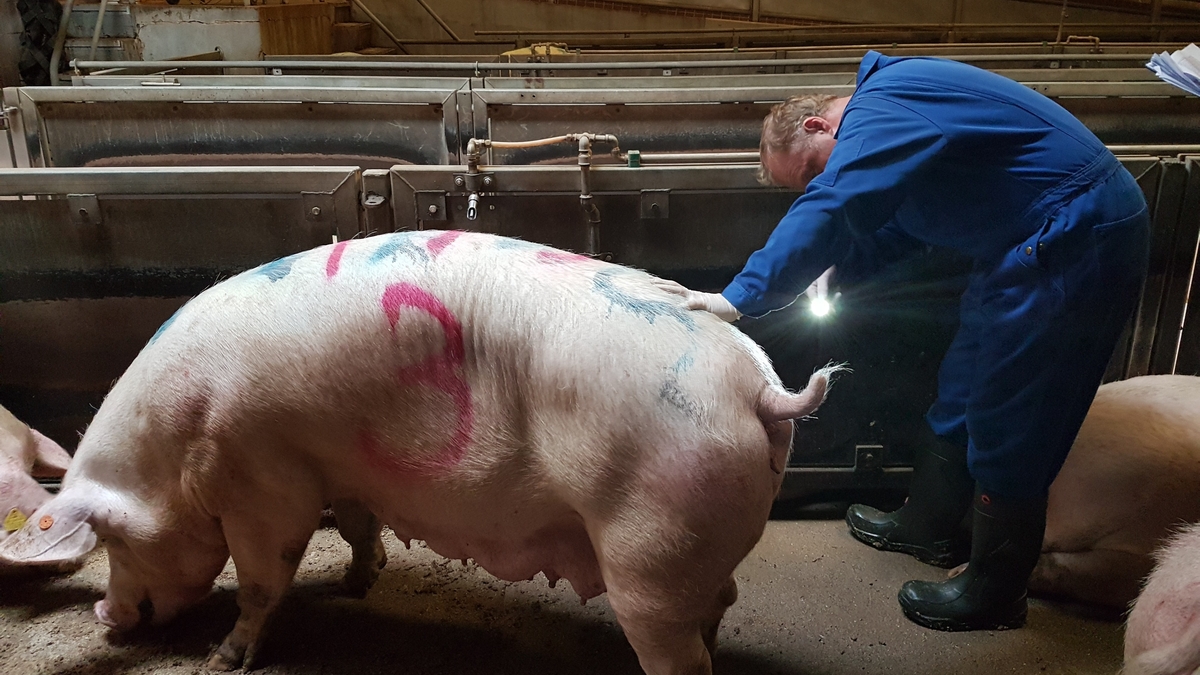Fitness for transport and on-farm killing central welfare topics in Regional meeting East

Subject
Third regional meeting
In total, 15 delegates - inspectors of Competent Authorities and pig welfare policy workers - from the Eastern European countries Slovenia, Bulgaria, Hungary, Croatia, Poland, Slovakia and the Czech Republic participated in the two-day online meeting. Furthermore, the meeting was attended by three delegates from DG SANTE, eight staff members of EURCAW-Pigs, and two staff members of EURCAW-Small Farmed Animals.
Three welfare topics were discussed in detail on day 1 and wrapped up by an invited expert on day 2: tail biting, fitness for transport, and on-farm killing. Three ‘intermezzos’ were provided by EURCAW-Pigs team members: on the EURCAW-Pigs website, on EURCAW-Pigs training activities and materials, and on demonstrators.
Tail biting
"How to do a risk assessment of the incidence of tail-biting", having ‘legal weight’ to be carried out in Member States, was one of the main issues replied to. Solutions provided are having a risk assessment service by advisors, or to include risk assessment in quality assurance programmes. Another main issue discussed is the farmers’ hesitation to stop docking and making a change. It is often assumed that docking is the cheapest and easiest way to avoid a tail biting outbreak, and farmers are reluctant to take the risk of not docking: they want a ‘safety net’. Making small changes, monitor the progress and pay much attention to the pigs to take early actions are good ways to move forwards. Farmer, veterinarian & feed advisor all need to support the aim and agree the approach, to make changes; Tail biting, by Hans Spoolder, senior scientist in applied ethology, Wageningen Livestock Research, The Netherlands.
Fitness for transport
The main issues replied to were: “What is fitness for transport?”, “When are slaughter pigs fit for travel?”, and “What could be done to facilitate training with regard to fitness for transport?” There is not an agreed definition of fitness for transport. However, scientists agree that fitness for transport matters for animal welfare, as it is an important factor affecting the potential for suffering during animal transport. Regulation (EC) 1/2005 specifies few conditions that could specifically apply to slaughter pigs. How to deal with for example bitten tails? Based on recent EU- projects, pigs are considered unfit for transport when there is evidence of chewing or puncture wounds, with swelling and signs of infection. With regard to training, a training guide on this topic will be developed by EURCAW-Pigs, with suggestions for national training in EU Member States. Fitness for transport, by Mette S. Herskin, animal welfare scientist, Aarhus University, Denmark.
On-farm killing
With regard to methods for the stunning and killing of non-viable pigs and piglets on farm, information on technical equipment was provided, and also special consideration was given to one-step killing methods (without debleeding). For the mass depopulation of pigs in case of a disease outbreak (e.g. African Swine Fever), the focus was on gas killing methods (CO2, argon, nitrogen and mixtures) using containerised gassing systems. In the process control and safeguarding animal welfare, animal-based measures were addressed as measurable and objective outcome-based criteria to evaluate welfare. Important welfare consequences in the on-farm killing process corresponding to the state of consciousness are pain and fear. On-farm killing, by Inga Wilk, animal welfare scientist, Friedrich Loeffler Institut (FLI), Germany
EURCAW-Pigs is preparing reviews on the topics ‘Fitness for transport’ and ‘On-farm killing’. Both will be available at the start of 2021.
The last Regional meeting in the series of four, for the Nordic region, was held on 2-3 December 2020. The report and materials will soon be available.
